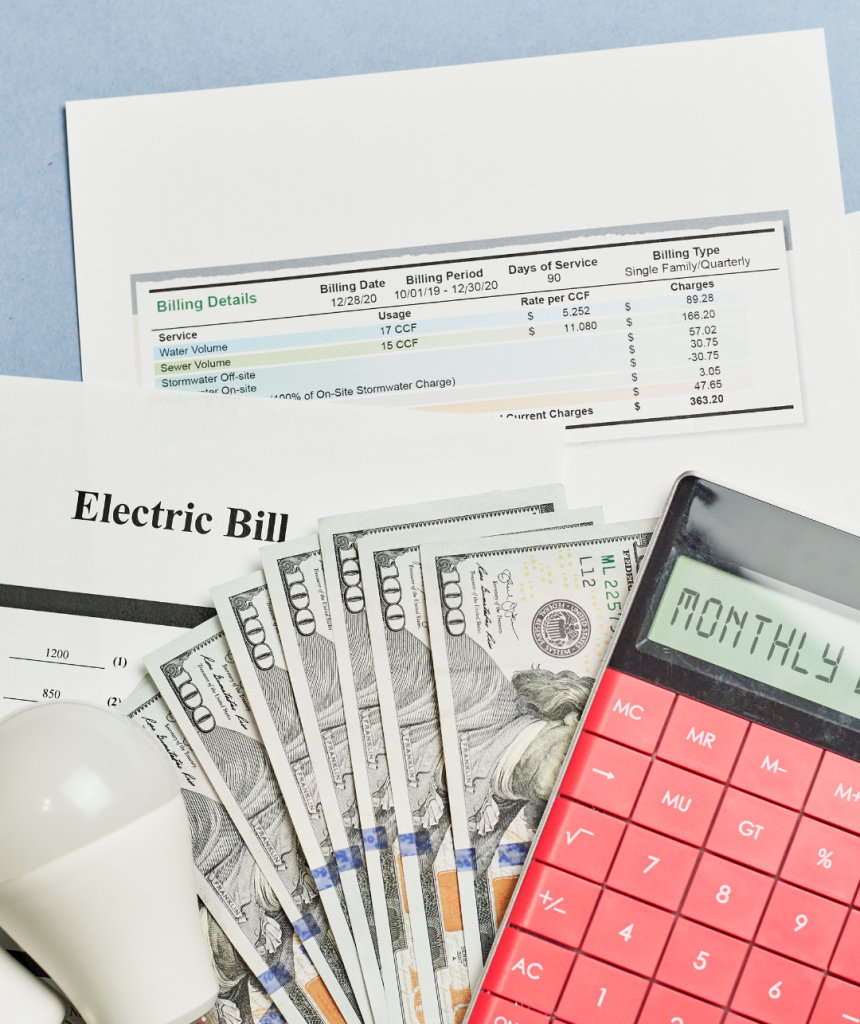Utility stocks encompass shares in companies providing essential services such as water, electricity, and natural gas. Their integral role in daily life, coupled with a regulated market structure, renders these stocks a compelling choice for investors seeking stability, high dividends, and lower market volatility. This detailed article explores ten key aspects of utility stocks, offering insights into their investment value, sector dynamics, and strategic considerations for portfolio integration.


- Definition and Core Services: Utility stocks are equity shares in companies that provide necessary public services. This includes providers of electricity, natural gas, water, and sewage services.
- Market Characteristics: The utility sector is characterized by high entry barriers due to significant infrastructure costs and strict regulation. These factors contribute to limited competition and stable cash flows, which are attractive features for investors.
Why Invest in Utility Stocks?
- Economic Resilience: Utilities tend to be less sensitive to economic cycles. People continue to heat their homes and use electricity regardless of the state of the economy, which provides a stable revenue base for these companies.
- Predictable Revenue Streams: Due to the regulated nature of pricing in many utility markets, these companies often enjoy predictable and stable revenue streams, reducing investment risk and enhancing forecasting accuracy.
- Higher-than-Average Yields: Utilities are popular for their above-average dividend yields compared to the broader market, making them highly attractive to income investors.
- Dividend Stability: The predictable cash flow of utility companies enables them to pay consistent and reliable dividends, which can be particularly valuable during volatile market conditions.
- Government Oversight: Utilities are heavily regulated by governmental bodies that can influence everything from pricing to operational procedures, impacting profitability and investment attractiveness.
- Regulatory Compliance: Compliance with these regulations can be costly, but successful navigation can lead to long-term stability and a competitive advantage in the marketplace.
- Revenue Adjustment Mechanism: Rate cases are formal procedures utilities undergo to request permission to change rates charged to customers. These are critical for adjusting revenues to cover costs and secure profit margins.
- Investor Implications: Successful rate cases can boost a utility’s stock as they imply future stable revenues; conversely, unsuccessful rate cases can lead to volatility in stock prices.
Risk Factors
Investing in utility stocks, while generally considered stable, involves navigating several risk factors that can significantly impact their financial performance and operational stability. Two primary risk categories include regulatory risks and technological disruptions.
Regulatory Risk
Utility companies are subject to extensive regulation which can deeply influence their operational practices and profitability. These regulations are often designed to ensure fair pricing and reliable service to the public. However, regulatory environments are subject to change due to shifts in political climates, economic policies, or public priorities. Changes can include alterations in how rates are set, modifications in service standards, or new environmental compliance regulations.
For example, a regulatory push towards lower carbon emissions could necessitate costly upgrades or operational changes for traditional utilities. Investors must stay informed about these regulatory landscapes as shifts can lead to increased costs or constraints on how utilities operate and grow their revenues.
Technological Disruptions
The utility sector is also facing significant threats from technological innovations. Developments in renewable energy technologies, such as solar panels and wind turbines, along with advances in energy storage systems, are beginning to diminish the monopoly that traditional utilities once held over electricity supply. Residential and commercial solar installations allow customers to generate their own electricity, potentially reducing their dependency on traditional power grids.
Moreover, improvements in battery storage technology enhance the feasibility of these systems, allowing excess energy to be stored and used at peak times or sold back to the grid. This decentralization of energy production can reduce the volume of electricity sold by traditional utilities, impacting their revenue streams.
Additionally, the rise of smart grid technologies and energy efficiency solutions presents both challenges and opportunities for utility companies. Smart grids enable more efficient transmission of electricity and help integrate renewable sources, which can lead to operational cost savings and better customer engagement through real-time data. However, they also require significant upfront investment in infrastructure and technology upgrades, which can strain a utility’s finances.
Investors in utility stocks must carefully consider these risks, as they can affect not only the profitability but also the strategic direction of utility companies. Keeping abreast of regulatory changes and technological trends will be essential for assessing the long-term viability and investment potential of utility stocks. These factors necessitate a proactive approach to portfolio management to mitigate risks associated with regulatory and technological shifts in the utility sector.
How to Invest in Utility Stocks
Investing in utility stocks can be approached through several methods, each offering different levels of exposure, risk, and potential return. Investors can choose from direct stock purchases, indirect investment vehicles like mutual funds and ETFs, and other strategies tailored to their investment goals and risk tolerance.





Direct Stock Purchases
Buying shares in individual utility companies is the most straightforward way to invest in this sector. This method allows investors to carefully select which utility stocks to own, offering the potential to capitalize on company-specific growth opportunities and dividend payouts. When choosing individual stocks, investors should consider factors such as the company’s financial health, dividend yield, regulatory environment, and potential for growth in renewable energy sectors.
Indirect Investment Vehicles
For those looking for broader exposure without the need to analyze individual companies, mutual funds and ETFs that specialize in the utility sector might be appropriate. These funds pool money from many investors to purchase a diversified portfolio of utility stocks, thereby spreading out risk and reducing the impact of any single company’s performance on the overall investment. This method is particularly suitable for retail investors who prefer a hands-off approach or lack the time to manage individual stocks.
Closed-End Funds and REITs
Another option is investing in closed-end funds (CEFs) or Real Estate Investment Trusts (REITs) that focus on utilities. CEFs often use leverage to enhance returns, which can offer higher income but also increased risk. Utility REITs, on the other hand, invest directly in infrastructure such as pipelines, storage facilities, and transmission lines, providing another way to gain exposure to the utilities sector with potentially different risk and return profiles than utility stocks or ETFs.
Dividend Reinvestment Plans (DRIPs)
Many utility companies offer DRIPs, allowing investors to reinvest their dividends in additional shares automatically, often without a commission. This can be an effective way to compound growth over time, making it a popular choice among long-term, buy-and-hold investors.
Options and Other Derivatives
For more sophisticated investors, options and other derivatives offer ways to hedge investments or speculate on future movements in utility stocks. Options can provide leverage with a defined risk, but they require a deeper understanding of securities than traditional stock purchasing.
This comprehensive overview highlights why utility stocks are a prudent addition to any investment portfolio, offering a blend of yield, stability, and potential for growth through strategic adaptation to evolving energy demands. By understanding the nuances of this sector, investors can leverage utility stocks to achieve diversified and resilient financial outcomes.

This article was written by:
Benjamin the Bull
I write about companies that fascinate me and that also offers investors with potential as a long-term position. I primarily focus on the energy and industrial sector but every now and again venture out to other sectors too.
Bull Bear Vector’s Disclosure: Past performance is no guarantee of future results. No recommendation or advice is being given as to whether any investment is suitable for a particular investor. Any views or opinions expressed above may not reflect those of Bullbearvector as a whole. Bullbearvector is not a licensed securities dealer, broker or US investment adviser or investment bank. Our analysts are third party authors that include both professional investors and individual investors who may not be licensed or certified by any institute or regulatory body


